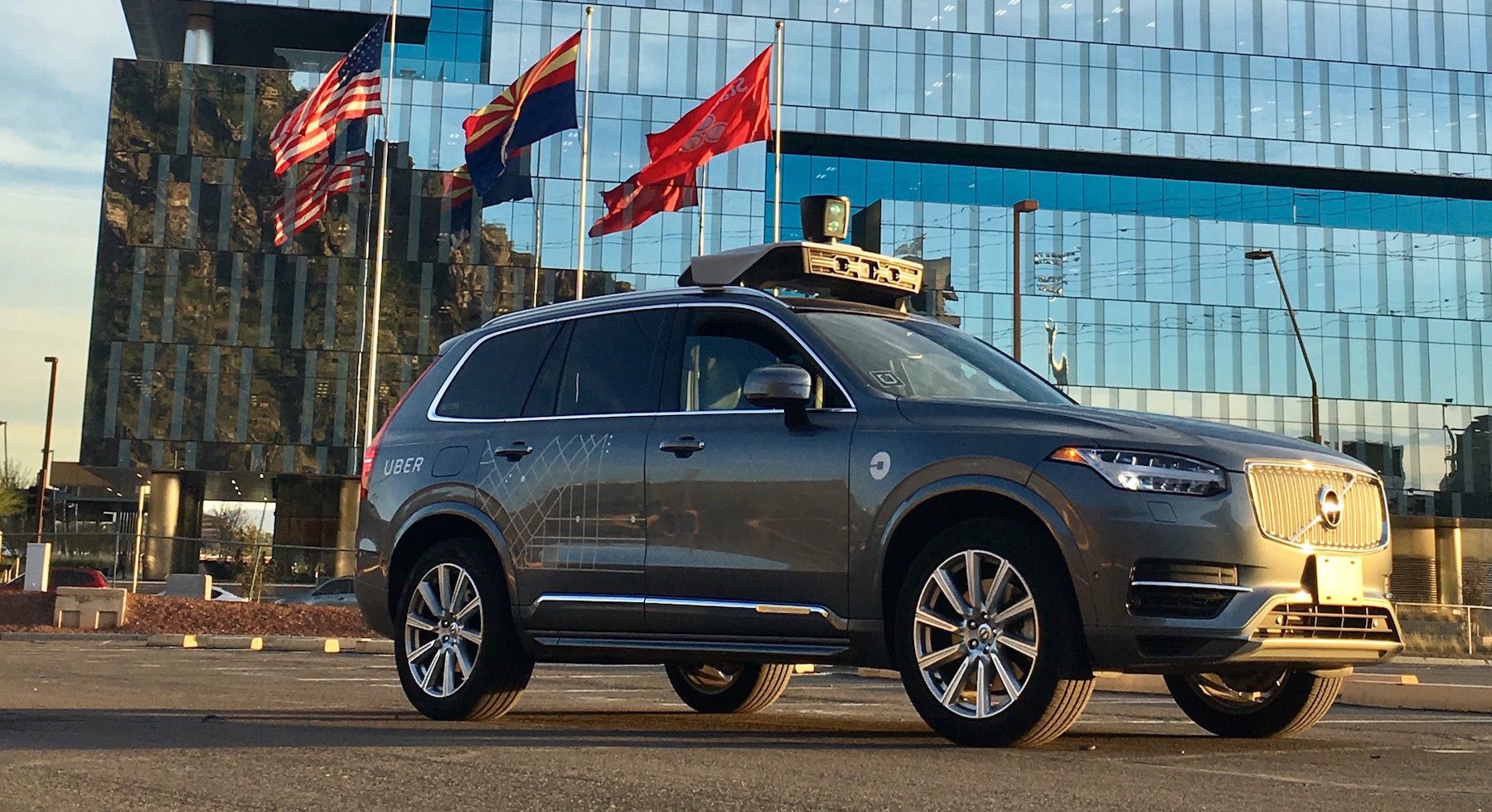In today’s world, the automotive industry is far from business as usual. A lot has happened in the past few years to make the task of selling cars a lot different than it used to be. Much like the world of music sales, food delivery, and hospitality, disruption is beginning to make its way to the automotive industry.
A recent business decision by a significant player in the automotive world made this insight even more evident. On August 13, 2018, Cox Automotive announced their acquisition of Clutch Technologies, a technology platform that facilitates subscription access for the automotive industry. Since 2014, Cox Automotive has encouraged increase consumer mobility through the promotion of automotive subscriptions. Here is some of the reasoning behind the venture:
“Mobility services are beginning to be more widely embraced by consumers as an alternative to traditional vehicle ownership with ride-hailing usage nearly doubling and car sharing and vehicle subscription services gaining traction.” Cox Automotive recognizes that certain groups of consumers do not want the long-term commitment of owning a car, and instead are offering ways for these same individuals to drive without buying. This is definitely a disruption from what the norm has always been, especially for dealers.
So, how do you prepare to set yourself apart in the “age of disruption?” The Cox Automotive acquisition is just one example dealers have to think about, but there are many more. Read on for five types of disruption that dealers will have to prepare for soon.
Shared Mobility Solutions Will Impact Future Sales
As stated above, there is a subset of the population that does not want to own a car. They do not want the financial expense, and their lifestyle may not call for owning one all the time. According to a study by McKinsey and Company, shared mobility solutions (car sharing or e-hailing) could lead to $1.5 trillion more revenue for the automotive industry in 2030. This action could then lead to a drop in the annual car sale growth rate of 3.6 percent to two percent. There will always be a subset of people who want to own a car, but shared mobility will begin to take this number down. The result is a potential decrease in individuals visiting dealerships to purchase a vehicle.
Autonomous Vehicles Will Continue to Rise in Popularity
The journey of the autonomous vehicle has not been without its problems. Due to recent events involving safety, regulation, and public understanding, the future picture is not favorable for these cars. However, many carmakers are taking the chance on R&D to eventually a produce a fully autonomous vehicle in the next four to five years. Ford, Honda, Volvo, Daimler, and Toyota are in talks to develop level four autonomous cars by at least 2020 that are fit for the public to commute in. Some of these cars will also be slated for use in ride-hailing and shared mobility services. The level of knowledge that dealers and sales representatives will have to become comfortable with regarding this technology will be unlike anything seen before.
The Push for Fully Online Vehicle Transactions
People like to see what they are buying. Individuals may wish to kick the tires, take the car for a test drive, and even discuss the price of the vehicle face-to-face. However, in a world where we are becoming more and more comfortable with ordering everything online, it is becoming more likely that customers may want the option to purchase their new —or used—vehicle without having to visit the dealership. According to a survey by the marketing firm, Root and Associations, 53 percent of consumers said they were “extremely” or “very” likely to conduct the entire car purchasing process online. Much of the F&I process was included in this admission. Some consumers are ready to have this option, and dealers will have to figure out how best to offer it so consumers and dealers get what they want.
More and More Individuals are Buying Car Parts on Their Own
Again, online shopping is front and center. According to a study by UPS, 12 percent of online shoppers reported that they purchased car parts and accessories. The study also revealed that someone other than the consumer is installing many of these parts. While it may be tempting to only focus on selling parts on the grounds of the dealership, service staff may be able to add to the bottom line by also taking care of the installation of parts consumers did not purchase from them. As online shopping continues to grow, more and more consumers will begin to look elsewhere for parts needed in maintenance and repair.
An Increase Attention to Inventory Accuracy
Consumers are paying a lot more attention to whether a dealer’s website is matching what is going on in the showroom. They want to know that the inventory they are seeing online is exactly what is being held onsite. More than half of online automotive parts and accessories shoppers will go to a competitor if a product is out of stock or on backorder. As a result, dealers may need to make better utilization of dealer management systems for parts and cars. Not only will this allow them to keep up with inventory, but dealers can also begin to engage in some predictive analytics to increase sales in the long run.
Final Thoughts
Because of ever-changing consumer tastes and the evolution of technology, disruption is likely here to stay. There will always be a new technology feature, selling process, or car trend to get used to. However, knowing about these potential disruptions ahead of time can give dealers the upper hand in preparing for and addressing them. Having the foresight to change with the times appropriately can put dealers way ahead of the competition.








